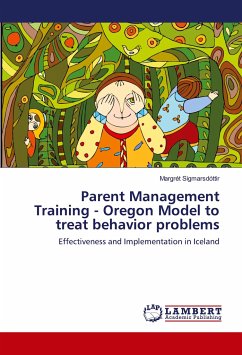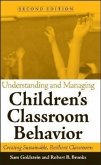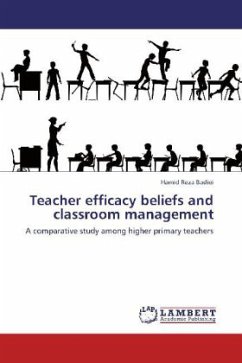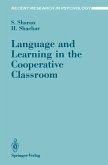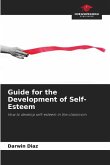After functional analyses conducted on the
disruptive classroom behavior of 3 first grade
students determined their behavior to be maintained
by negative reinforcement, three interventions were
evaluated for their effectiveness. Differential
negative reinforcement of alternative behavior
(DNRA), differential reinforcement of incompatible
behavior (DRI), and noncontingent reinforcement
(NCR) were evaluated. For 1 child, NCR reduced
problem behavior the most. For 2 participants, the
level of problem behavior was undifferentiated
during the comparison. Teacher completed IRP-15s
determined that DRI was more acceptable to each
teacher. Therefore, the problem behavior of 2
participants was evaluated further using DRI. Both
the NCR and DRI interventions were evaluated in ABAB
designs that demonstrated each intervention to be
successful in reducing classroom behavior problems
maintained by negative reinforcement. Functional
Analysis, treatment comparisons, and treatment
acceptability are discussed.
disruptive classroom behavior of 3 first grade
students determined their behavior to be maintained
by negative reinforcement, three interventions were
evaluated for their effectiveness. Differential
negative reinforcement of alternative behavior
(DNRA), differential reinforcement of incompatible
behavior (DRI), and noncontingent reinforcement
(NCR) were evaluated. For 1 child, NCR reduced
problem behavior the most. For 2 participants, the
level of problem behavior was undifferentiated
during the comparison. Teacher completed IRP-15s
determined that DRI was more acceptable to each
teacher. Therefore, the problem behavior of 2
participants was evaluated further using DRI. Both
the NCR and DRI interventions were evaluated in ABAB
designs that demonstrated each intervention to be
successful in reducing classroom behavior problems
maintained by negative reinforcement. Functional
Analysis, treatment comparisons, and treatment
acceptability are discussed.


